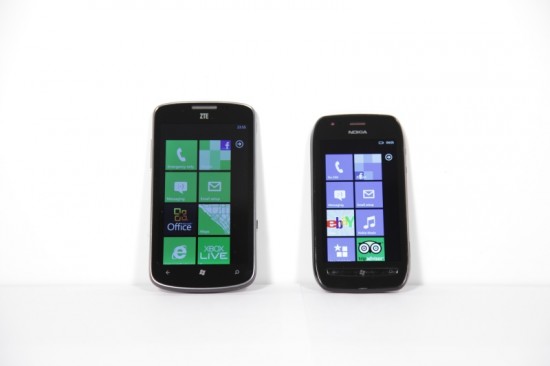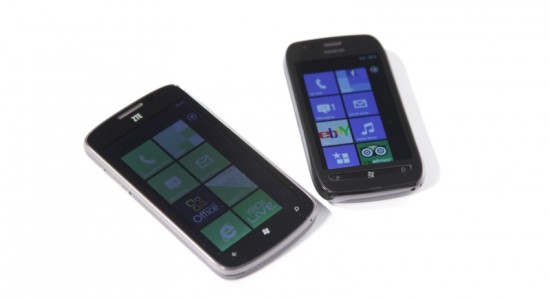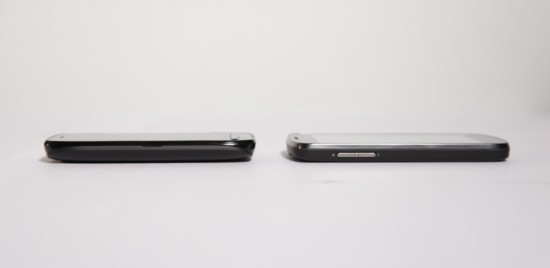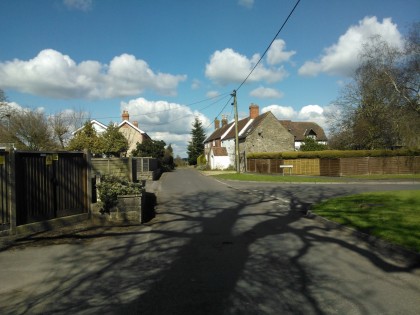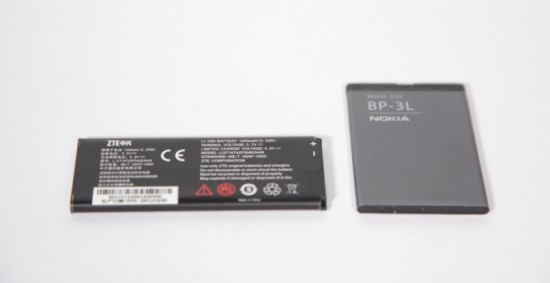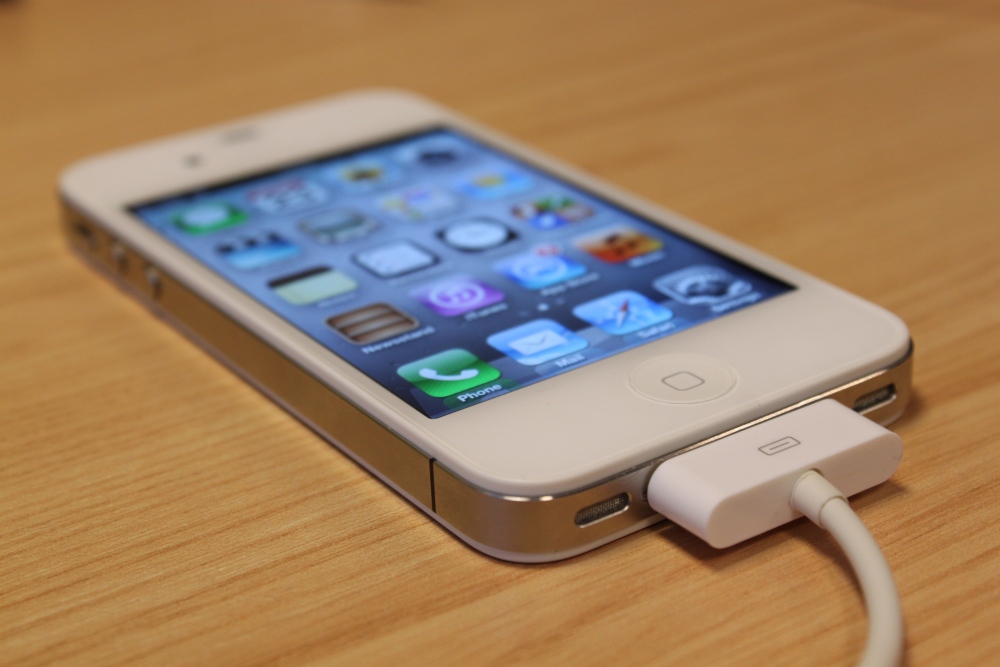
“How do I unlock my new iPhone?” Has got to be one of the most common questions we get here at Gadget Helpline. Your network will do it for you at a price, which is usually around £20, or you could get it done through a website or third party mobile shop.
There are also ways of unlocking an iPhone yourself, for free. However, as you may expect, these aren’t always the most legitimate of methods. We’ve recently come across a rather easy way of unlocking an iPhone 4 or 4S if you’ve got your phone jailbroken already.
The process of jailbreaking your iPhone allows you to install software that Apple wouldn’t allow, and if for any reason your phone has to go back to Apple and still has jailbroken software on it, your warranty will be invalid. That said, if you can restore your phone first, the jailbreak will be gone.
So, to perform this unlock you’ll need a jailbroken iPhone 4S, 4 or 3GS. We’d strongly recommend being on iOS 5 as this version has a complete (untethered) jailbreak, whereas those using iOS 5.1 can only use a tethered jailbreak. This means that if your phone completely runs out of battery or reboots at any point, you’ll need to connect it to your PC via USB and re-jailbreak it each time, so you’ll lose your unlock temporarily.
IMPORTANT: Before starting this process, and before you think about jailbreaking your iPhone if you haven’t already, know that Gadget Helpline accepts no responsibility for any harm that may come to your phone as a result of either jailbreaking or installing this package. That said, we’ve been running a jailbroken iPhone for years with no problems – as have thousands of others – and the unlock package has been fully tested and works very well.
Before starting with Step 1, make sure you have the latest version of iTunes installed on your PC or Mac. To check for updates click Help at the top of the screen in iTunes followed by Check for Updates.
Step 1
Jailbreaking your phone will add a little brown icon called ‘Cydia’. This is a jailbroken app store. You’ll need to open this app and tap ‘Manage’ at the bottom followed by ‘Sources’ and then ‘Edit’ in the top right corner. Tap ‘Add’ and then type ‘repo.bingner.com’ and tap ‘Add Source’.
Step 2
Tap Search in the bottom right corner and search for ‘SAM’. You should find at the top of the list a package called ‘SAM’ with the description ‘Subscriber Artificial Module…’ Select SAM then tap ‘Install’ followed by ‘Confirm’ in the top right corner. You’ll see a black screen with a bunch of white text scrolling down for about 30 seconds. Once you see ‘Restart Springboard’ simply tap it and wait for your phone to reboot itself.
Step 3
Open Settings on your phone and scroll down to SAM. Tap Utilities followed by De-Activate iPhone, and tap OK on the prompt to continue. Tap SAM in the top left to go back.
Step 4
Tap Method and then select By Country and Carrier. Tap SAM in the top left to go back, now tap Carrier and select your network.
Step 5
Tap SAM in the top left to go back. Tap More Information and now tap and hold your finger on the long number next to IMSI. Tap Select All followed by Copy.
Step 6
Tap Spoof Real SIM to SAM. You’ll get a notification box saying ‘Spoofed…’, simply tap OK to continue.
Step 7
Tap SAM in the top left to go back. Tap Method and change it to Manual.
Step 8
Plug your phone into your PC using the USB cable provided and open up iTunes. After a short while iTunes should recognise your phone and re-activate it using the new network that you’ve just selected in SAM.
Step 9
Once this process is done you can disconnect your iPhone and close down iTunes.
Step 10
Open Settings on your phone and scroll down to SAM. Tap the On switch next to Enabled to change to Disabled.
Step 11
Connect your iPhone to your PC once more and open iTunes. You’ll be told that iTunes cannot activate the iPhone. Close iTunes down and then re-open it without disconnecting your iPhone.
Step 12
Now iTunes will recognise the phone and re-activate it, and you’re done! Your phone will now work using any SIM on the network you’ve selected. If you want to use another network you can repeat this process, selecting a different network of course in Step 4.
Your phone will remain unlocked and will work fine even when rebooted (unless you’re using a tethered jailbreak of course). However, if you choose to update your iPhone you will lose the unlock as this process will remove the jailbreak altogether. The choice is yours, stay unlocked or stay up to date!


 04:34
04:34
 Jai
Jai

